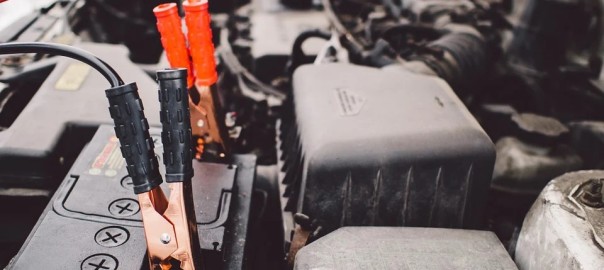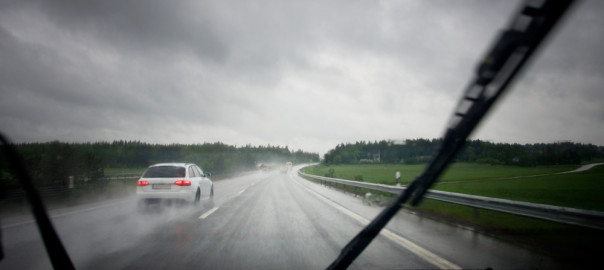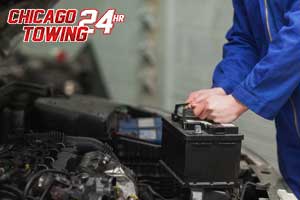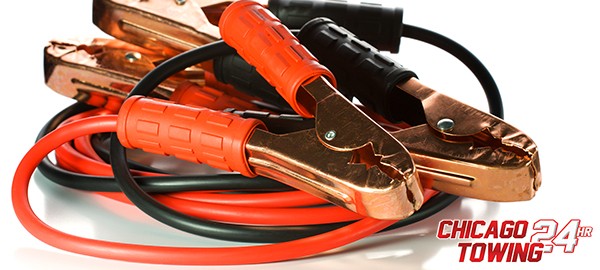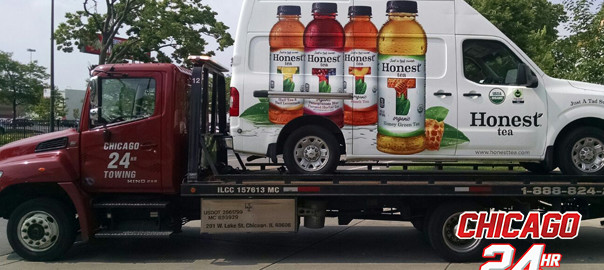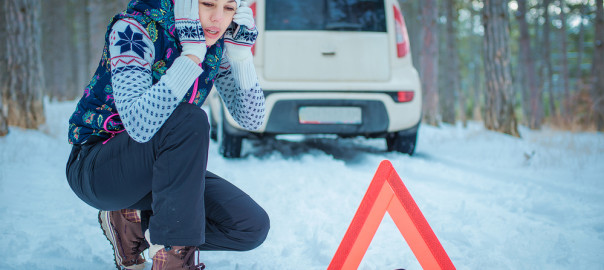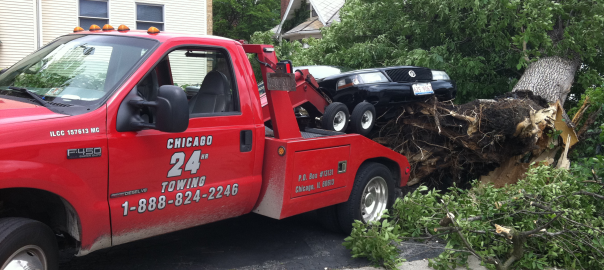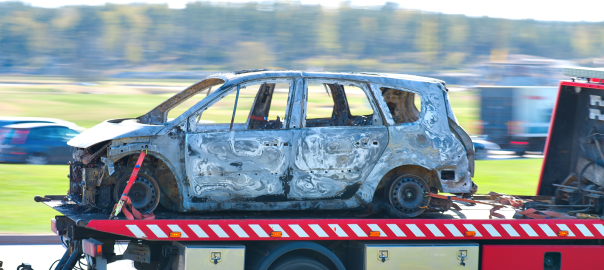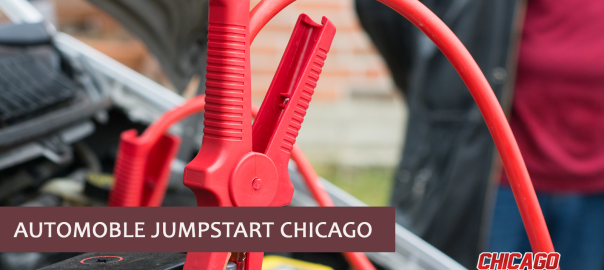Here’s a great strategy for automobile jump start stalled vehicle in Chicago. Let’s refer to the stalled car as Car A and the running one as Car B.
Vehicle Jump-start Step One – Aligned Parking
Park Car B right in front of Car A so that they are forward facing each other. This is the absolute best parking position, as it allows cars around you to pass by, and doesn’t clog traffic. It also allows for the shortest length of cables to be used, so that you won’t have to buy extra equipment. Make sure Car B’s side battery is close to Car A so that the cables can get to the battery easily.
Auto Jump-start Step Two – Prop the Hood Open
Open the hoods of both vehicles. Make sure that the hood is secured once it’s open by placing the hood rod in it’s proper hole. If the hood is operated with a hydraulic cylinder and still doesn’t feel secure once lifted, I recommend placing a large stick or broomstick to secure it open, so it doesn’t fall down and cause damage or hurt somebody. If there’s strong weather or wind occurring, I recommend having someone there to physically hold the hood open to prevent an accident from happening.
Auto Jump-start Step Three – Starting the Charge
Get your booster cables out, and clamp the positive (red) side to its adjacent negative cable (black) of Car A. All black cables should be placed about six inches from one another. It’s important to make sure that the cables don’t touch – you don’t want the positive or negative clamps to touch each other.
Vehicle Jump-start Step Four – Completing the Circuit
Now get the other end of the booster cables and attach them to Car B. You must identify the + and – indicating Positive and Negative charges on the battery of Car B. If you can’t read the battery, try wiping it with a napkin or rag. The positive end of the battery always has more wires and attached fuse lines. The negative side is always somewhat thinner, with a cable or two ending by being bolted to the frame or body for grounding.
Automobile Jump-start Step Five – Successful Charging!!
You might see a small spark. This is good – it shows that it’s working. However if there’s strong sparking, or loud reactions, it might mean that the lights or electronic accessories in Car B are on – these have to be shut off. Everything in Car B should be off, including the ignition which by taking the key out of its slot or off. If you try again and there’s still a large or loud spark, you possibly have a short in the wires. If you don’t, continue connecting the booster cables, ensuring that all electronics and accessories in Car A are also shut off to ensure the strongest charge possible.
If these steps are performed correctly, your vehicle should begin working. Simply leave the engine on for at least three minutes before attempting to start it. If it still doesn’t work, the battery might be dead and may need to be replaced. As an additional precaution, never complete a jumpstart while Car A is not running – this will drain so much power that it might cause irreparable damage to its battery.
Get stuck with your car and need a jump. Call Chicago Towing 24 hour emergency roadside assistance in the Chicago, IL. Flat tire fix, battery boost, jump start, lockout service, fuel delivery and more






